On Aug. 8, the first of several lethal blazes swept through the Hawaiian island of Maui, igniting what grew to become one of the deadliest wildfires in U.S. history.
To date, the fire has taken the lives of 115 individuals, with nearly 400 still missing, according to the latest report from Maui County. Meanwhile, fleeing residents resorted to sheltering in churches, gymnasiums, and airports to protect themselves from the flames.
18-year-old O’ahu resident Makana Kaniaupio-Siazon described the despair he felt when learning of the disaster that had destroyed swaths of his neighboring island.
“I wasn’t shocked at first, because on social media, people who live in Hawai’i didn’t even post about [the wildfire],” Kaniaupio-Siazon said. “But as soon as it hit the news and I heard Maui caught on fire, pieces of my heart broke off. That was like our home, and it was beautiful there too because there wasn’t a lot of land that was taken.”
The exact cause of the inferno is not fully known, but evidence suggests that Hawaiian Electric, a power utility company that supplies electricity to 95 percent of Hawai’i’s residents, failed to shut off residents’ power despite strong winds and dry conditions, which contributed to the sparks. Though accepting blame for causing the first Lahaina fire, the company faces several lawsuits for moving fallen poles and damaged power lines near the area where the fire began, which likely compromised evidence surrounding the origin of the blaze.
Michael Wara, director of the Climate and Energy Policy Program at Stanford University, is among those who have criticized Hawaiian Electric for tampering with the fire’s origin scene.
“If a lot of equipment is already moved or gone by the time investigators show up, that’s problematic because you want to observe where the equipment was relative to the ignition site,” Wara said. “Once you move these things it’s much harder to understand what happened.”
Another source of controversy stemmed from the Hawaiian alarm system’s failure to alert residents of the disaster. Herman Andaya, former administrator of the Maui Emergency Management Agency, decided not to sound the sirens due to his fear that coastal residents, who have been mostly trained to flee from tsunamis, would have been misled to run inland toward the flames.
17-year-old O’ahu resident Frank Castillo elaborated on the misinformation the Hawaiian government caused by communicating the wildfire as a tsunami warning.
“To sound a tsunami warning during a wildfire, it doesn’t necessarily ring the right kind of bells,” Castillo said. “You’re literally running toward the mountains if you see a tsunami coming, and that’s most likely where the fire is starting.”
Additionally, the environmental damage that the fire will wreck upon the Hawaiian ecosystem, given that it is not one accustomed to withstanding wildfires, is expected to be alarming.
AP Environmental Science teacher Michael Beeftink explained how, unlike regions of the United States that regularly experience wildfires, Hawai’i’s biomes have not adapted to this phenomenon.
“I don’t think any of the [Hawaiian] ecosystems evolved around fire,” Beeftink said. “In parts of California, parts of Wyoming, and parts of Illinois, ecosystems have evolved around having fire as a kind of cleansing. They encouraged fires sometimes to burn in these areas, just to try to keep control over them. I don’t think Hawai’i has that, so [the fires] are definitely going to cause havoc on the ecosystem.”
As Maui gathers the wreckage left behind by the inferno, which is now over 90% contained in Lahaina, calls for legislative changes have resounded. Particularly, Hawaiian residents wish to see greater government efforts to preserve their island’s native lands.
“What we really need [are] better protection services around here, as well as more attention to the islands,” Castillo said. “That way, people aren’t necessarily in greater danger as they were during this wildfire. I get that it was probably a communication error with the tsunami siren going off when there was a wildfire but even still, I think there should be more ways to actually protect our island legislatively.”
Those seeking to financially support Maui’s relief efforts may contribute here.


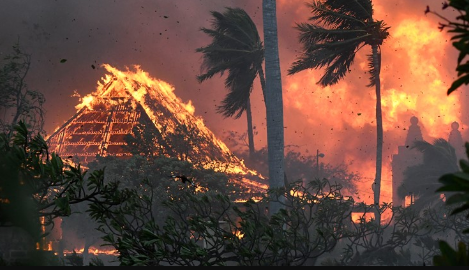
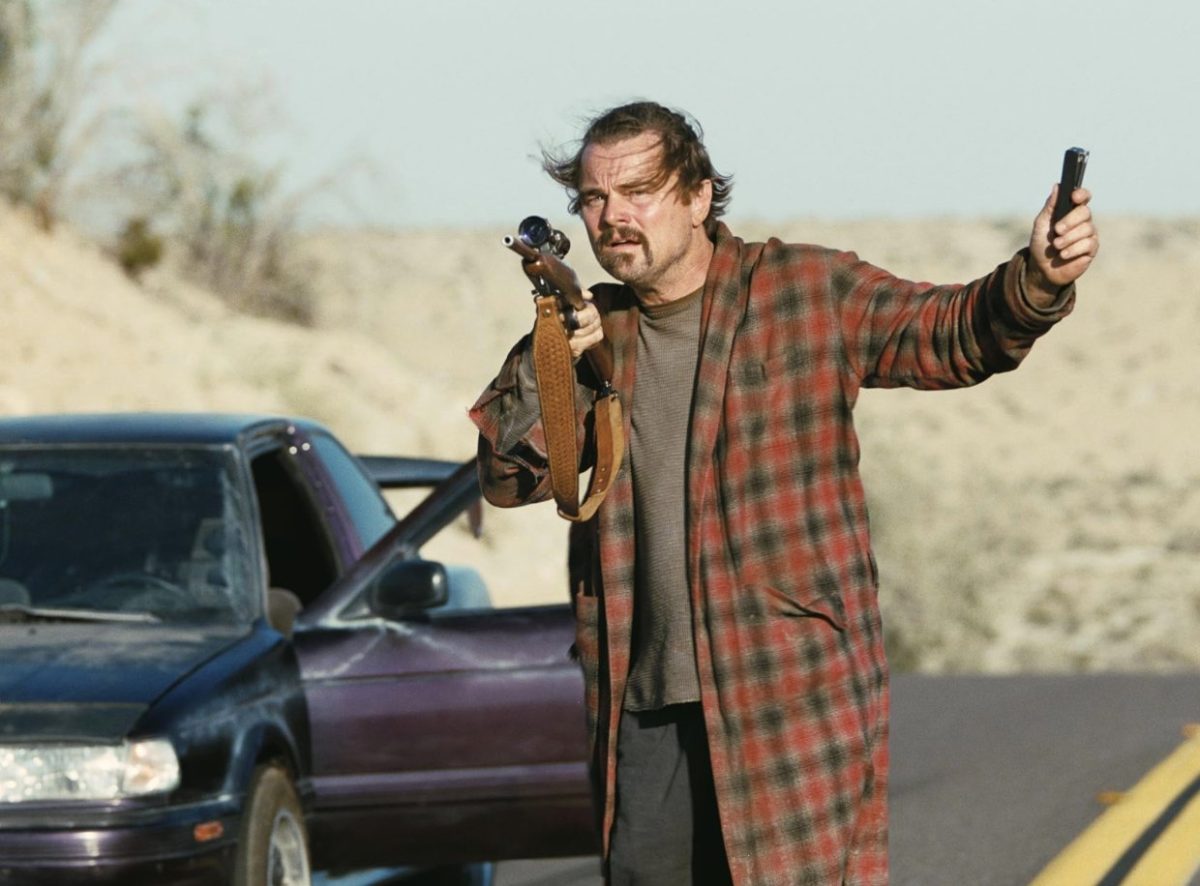
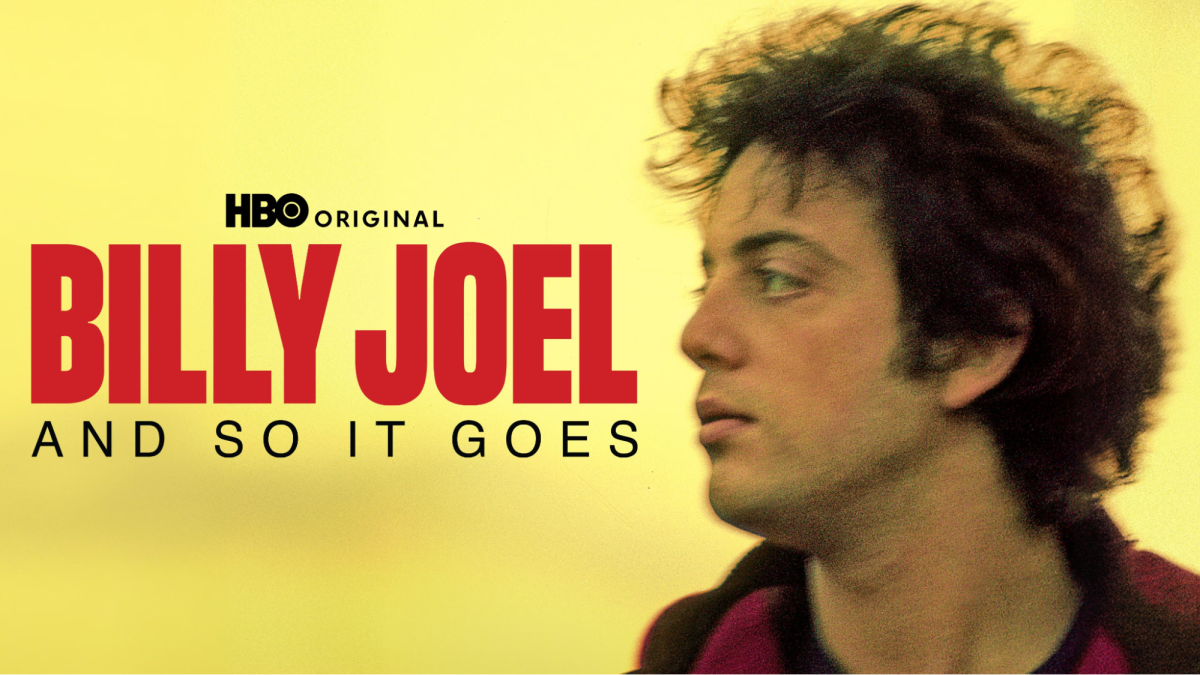


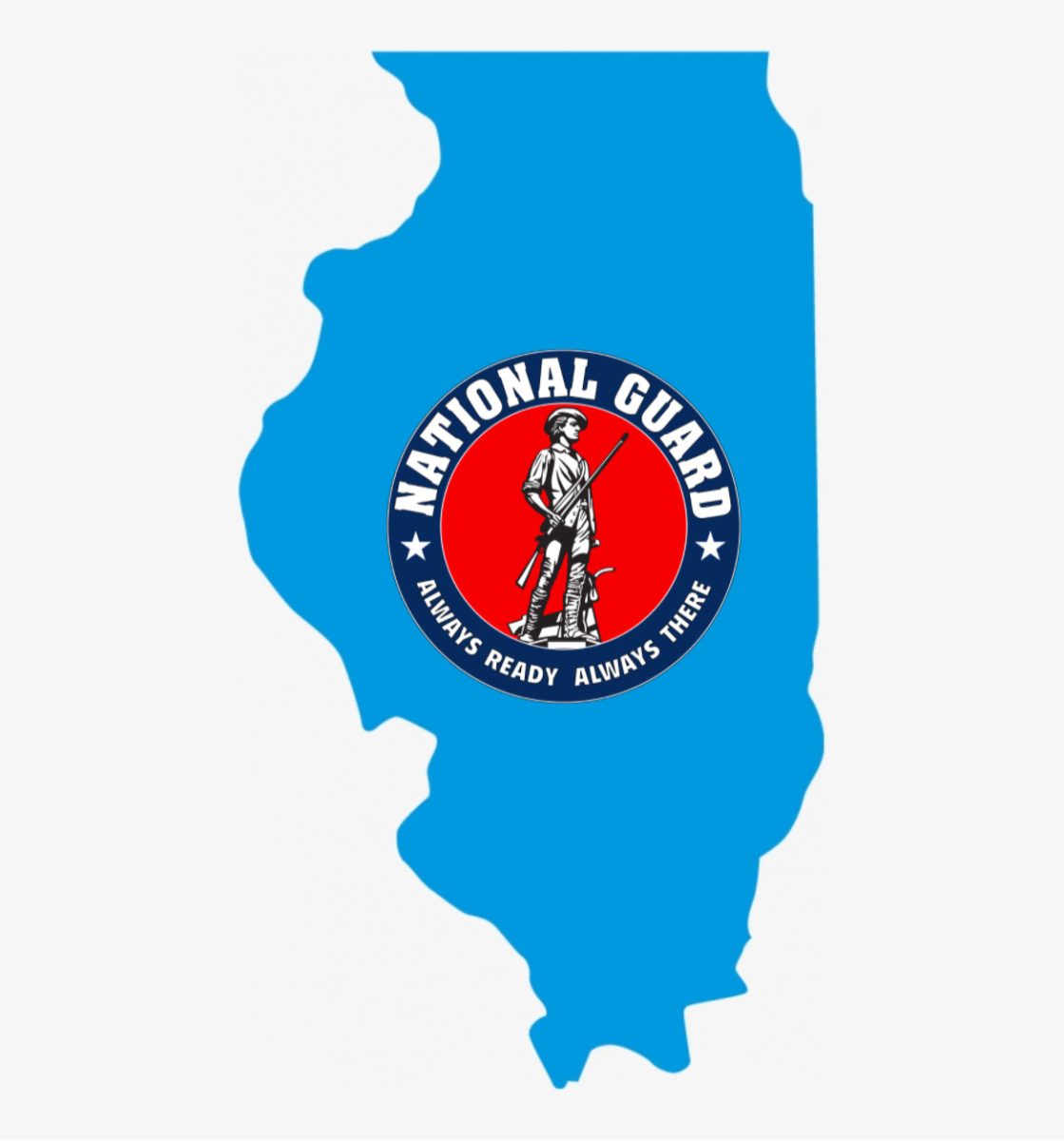
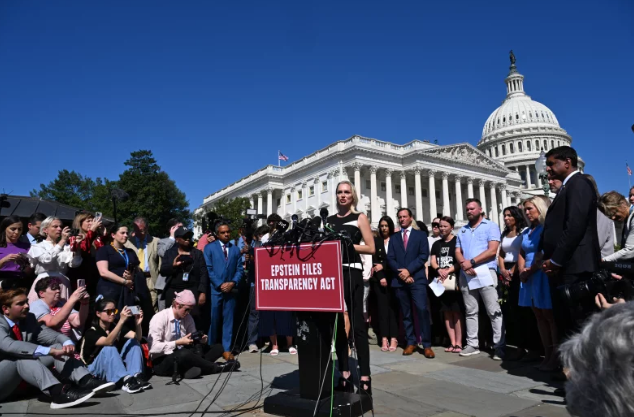

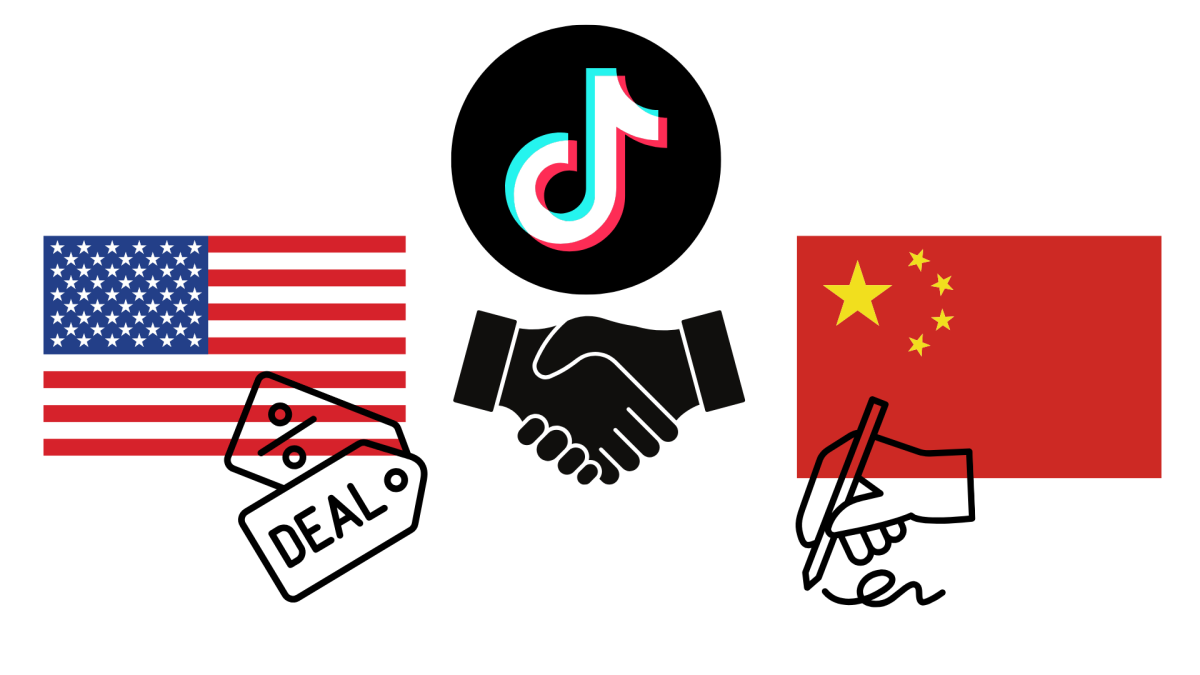





Courtney Hanson • Sep 4, 2023 at 6:35 pm
Aiden,
Great job reporting.